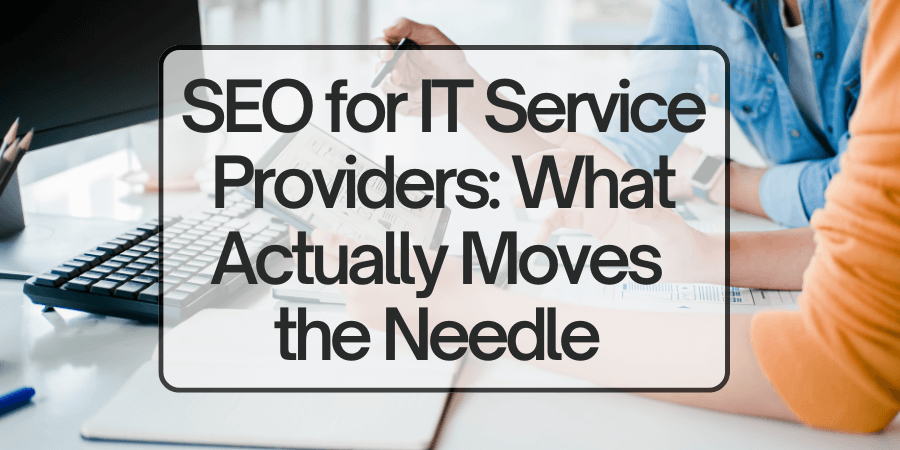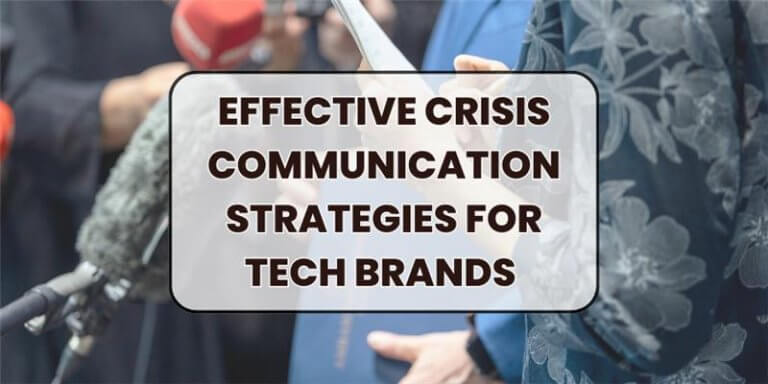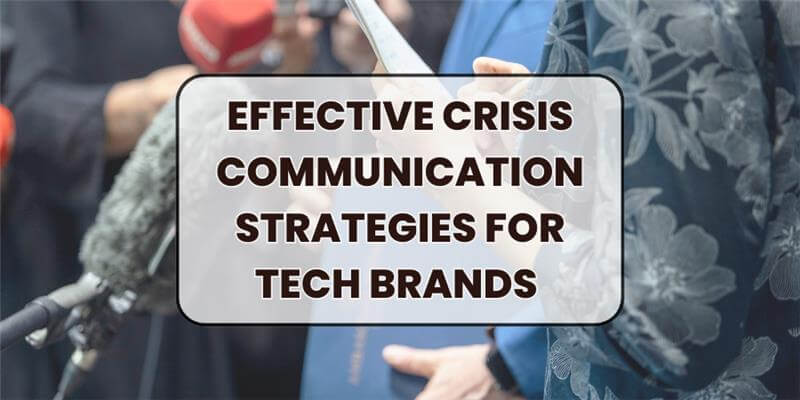Is your IT firm struggling to rank on Google despite offering top-tier services? Ranking on Google is a challenge for IT service providers. Unlike B2C brands, where flashy ads drive sales, IT firms must win over decision-makers through trust, expertise, and search visibility. So, what actually moves the needle?
Many IT service providers invest in content and ads but see little organic traffic growth. The reality? SEO in the IT industry requires a more strategic approach than in other sectors. Unlike e-commerce or B2C businesses, SEO for IT service providers is about attracting decision-makers, not just general web visitors. This means optimizing for B2B SEO growth, ensuring technical SEO is solid, and leveraging high-intent keywords to drive lead generation for IT firms.
In this blog, we’ll break down what actually moves the needle with actionable insights, real-world examples, and data-driven strategies.
Understanding the IT SEO Landscape
SEO for IT firms isn’t just about ranking for generic terms like “IT services.” The competition is fierce, and search algorithms favor high-authority, content-rich websites. According to a study by Backlinko, the top-ranking page on Google gets 27.6% of all clicks, while the second position gets just 15.8%—meaning visibility directly impacts lead generation.
What makes SEO different for IT service providers?
- Longer sales cycles: Decision-makers take time to evaluate vendors, often requiring multiple touchpoints before conversion.
- Technical audience: Content must be in-depth, solution-oriented, and technically accurate to appeal to IT professionals.
- B2B search behavior: Searches are often for specific solutions rather than broad terms. For example, an IT consulting firm specializing in cloud migration will get better results targeting “Azure cloud migration services” rather than just “cloud computing.”
Additionally, SEO for IT service providers must account for enterprise buyers who prioritize trust and expertise. Optimizing for E-A-T (Expertise, Authority, Trustworthiness) with strong backlinks, thought leadership content, and case studies can improve credibility.
Keyword Strategy: Targeting the Right Audience
Using the right keywords is critical for SEO for IT service providers. But it’s not just about traffic—it’s about attracting the right visitors.
How to Find High-Intent Keywords
- Use intent-based search terms – Decision-makers look for solutions, not general IT info. Instead of “IT consulting,” try “IT consulting for SaaS companies.”
- Focus on long-tail keywords – These are less competitive and have higher conversion rates. Example: “Managed IT services for healthcare.”
- Balance broad and niche keywords – A mix of “IT digital marketing” and “B2B SEO growth strategies” covers both general and targeted queries.
A study by Ahrefs found that 92.42% of keywords get 10 or fewer searches per month, meaning targeting long-tail, specific keywords can give IT firms a competitive edge. Additionally, leveraging tools like Google’s Keyword Planner, SEMrush, or Ahrefs can help uncover gaps in competitor strategies.
Technical SEO: The Foundation of IT Website Performance
Even the best content won’t rank if your website isn’t technically sound. Technical SEO ensures search engines can crawl, index, and rank your pages effectively.
Key Technical SEO Factors for IT Firms
- Page Speed: Google’s Core Web Vitals emphasize fast-loading pages. A study by Google found that 53% of mobile users abandon a site if it takes longer than 3 seconds to load.
- Mobile Optimization: More than 60% of B2B searches happen on mobile, yet many IT service providers still have outdated, non-responsive websites.
- Structured Data: Using schema markup helps search engines understand your content. Example: Adding “Service” schema for an IT solutions page can improve visibility in search results.
- Security & HTTPS: IT buyers are security-conscious. Having an SSL certificate and implementing secure browsing protocols increases trust and SEO rankings.
- Crawlability & Indexing: Using tools like Google Search Console to monitor crawl errors and ensure your important pages are being indexed properly.
Content That Converts: Thought Leadership & Authority
Content is the backbone of IT digital marketing. But not all content drives results.
What Kind of Content Works for IT SEO?
- In-depth blogs: Example: “How AI is Transforming IT Service Management” – authoritative and keyword-rich.
- Whitepapers & Reports: Ideal for lead generation for IT firms.
- Service Pages: Optimized with B2B SEO growth strategies, detailing offerings in a problem-solving format.
- Case Studies (if permitted): Demonstrating results builds credibility.
- Video Content & Webinars: Increasingly valuable for engaging decision-makers and improving on-page SEO.
According to a study by Hubspot, companies that publish 16+ blog posts per month generate 3.5x more traffic than those that publish four or fewer.
Backlink Strategy: Building Domain Authority
Backlinks remain one of the strongest ranking factors. For SEO for IT service providers, the focus should be on acquiring links from authoritative sources in the tech industry.
How to Build High-Quality Backlinks
- Guest Blogging: Writing for industry sites like TechCrunch or CIO.com.
- Partnership Links: Collaborating with SaaS companies or IT vendors.
- Industry Directories: Listing your firm on Clutch, G2, or IT-specific directories.
Example: If an IT firm partners with an ERP provider, writing a joint blog on “Optimizing ERP with Managed IT Services” can generate high-value backlinks.
How Gutenberg Can Help
At Gutenberg, we specialize in helping IT service providers enhance their online presence through strategic SEO for IT service providers. Our team understands the nuances of IT digital marketing, from technical SEO audits to content strategies that support B2B SEO growth.
Why Work with Gutenberg?
- Customized SEO Strategies – We tailor our approach to align with your business goals.
- Content-Driven Growth – From blog writing to landing page optimization, we create high-value content that ranks.
- Advanced Analytics & Reporting – We provide clear, data-driven insights so you can measure ROI.
- Link Building & Outreach – We secure high-quality backlinks that improve authority and rankings.
Whether you need a complete website overhaul, targeted content marketing, or a backlink strategy to boost lead generation for IT firms, Gutenberg has the expertise to deliver measurable results.
Conclusion
SEO for IT service providers isn’t just about ranking—it’s about attracting the right clients, building authority, and generating qualified leads. From refining technical SEO to optimizing for B2B SEO growth, every step contributes to lead generation for IT firms.
SEO is a long game, but with the right strategy, your IT firm can attract high-value clients and drive measurable growth. Let’s make it happen—schedule a free consultation with Gutenberg today.











